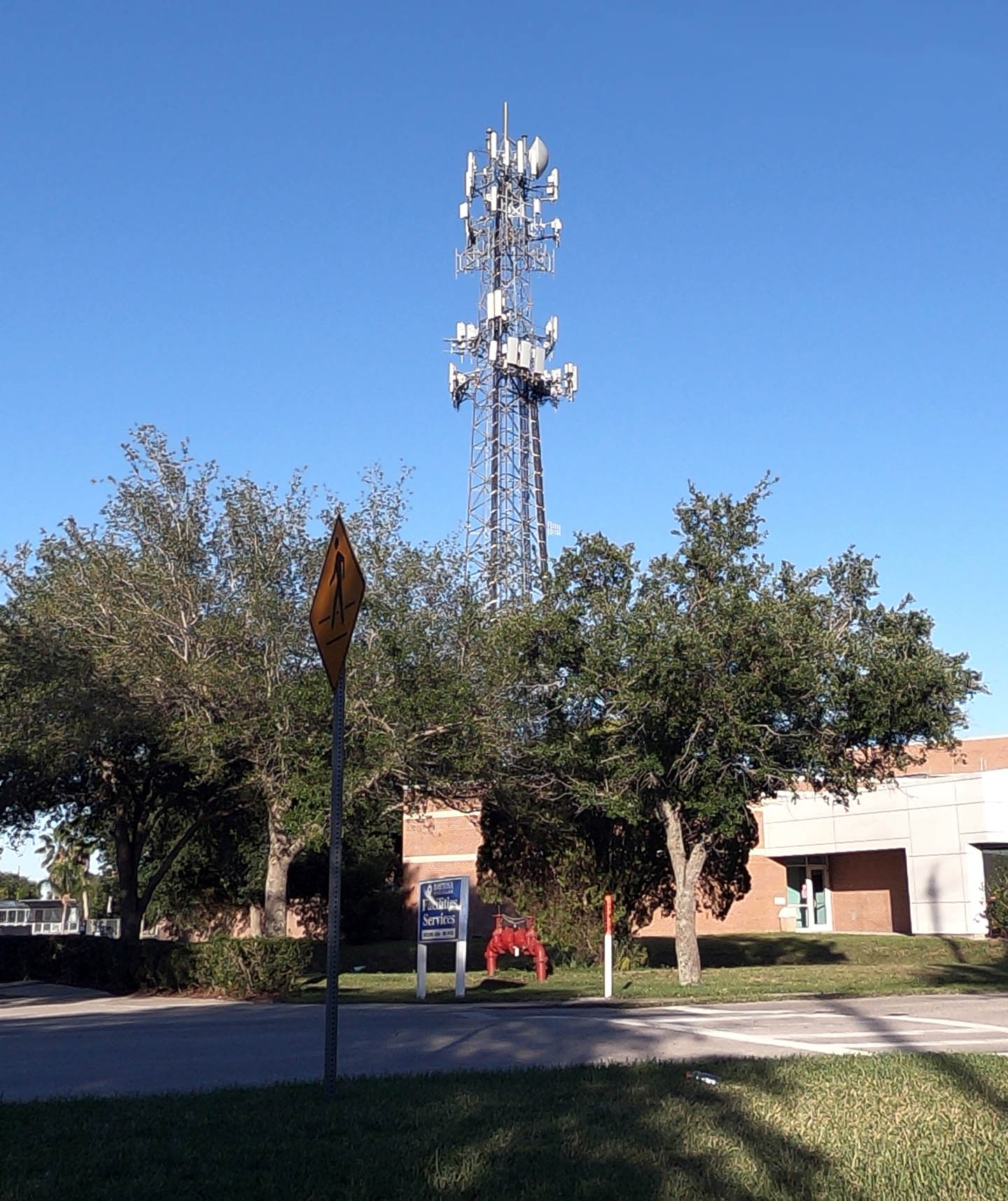What is the safest distance from your 5G cell System?

If you've ever walked through a city and spotted tiny 5G cell towers on the poles of street lights. safe distance from cell tower appear like tiny boxes however, they're actually transmitting wireless signals from mobile providers to your mobile.
These smaller towers are replacing larger built cell towers. Although they're not as visible but they can still cause problems for people.
A Federal Communications Commission's Radiation Exposure Thresholds

The FCC's Radiation Exposure Thresholds define the safe limit at which a person can be exposed to electromagnetic energy from wireless devices. The limits for exposure are based upon scientific research which show that the energy of RF could be harmful to human health.
The rate of absorption called the specific absorption rate (SAR) is a measure of the radiofrequency energy that is absorbed by tissue. It's usually 1.6 milliwatts per kilogram spread over a gram of tissue.
But, since 5g operates at higher frequencies this could be able to create more energy on the skin and other directly-exposed body areas. This can lead to a wide range of possible harms, such as an increase in formation of skin disorders such as dermatitis and cataracts, and skin cancer.

Because of the potentially harmful effects of radiation from 5G, PSU has chosen to set a general localized maximum power density of four mW/cm2 averaged on 1cm2, and not to exceed 30 minutes, for all 5G services running at 3000 GHz. This limit for localization is in line with the highest SAR spatial-average of 1.6 W/kg averaged over 1 5 grams of body tissue, at 6 GHz.
The FCC's Maximum Exposure Thresholds for Maximum Exposure
If you've ever used a mobile phone, you probably know that the safest range from the tower is around 400 meters away. This is due to the transmitting power of a cell tower increases dramatically the further you are from it.
Although this may sound like a good idea, the reality is that those living close to towers might be more susceptible to health problems. For instance, a study conducted in 2014 in India discovered that people who lived within 50m of cell towers had significant more health issues than those who were far from antennas.
However, this study also found that people who moved into areas farther away from the cell towers saw their symptoms return to normal within a couple of days. Studies have also demonstrated that exposure to extreme amounts of electromagnetic field radiofrequency (EMFs) can lead to brain tumors, cancer, and other health problems.
This is because RF radiation, used in wireless communications, may penetrate the body's outer layer, the skin. safe distance to live from cell phone tower is important to understand because the skin acts as a shield against injuries caused by mechanical forces, infections by pathogenic microorganisms, and infiltration of toxic substances. It is also the most important organ in the human body and is accountable for keeping the integrity of the other organs.
The FCC's Minimum Exposure Thresholds for the Minimum Exposure
The FCC's Minimum Exposition Thresholds depend on several assumptions that aren't supported by scientific evidence. safe distance to live from cell phone tower include the erroneous assumption that exposures to RF radiation are safe because of the minimal absorption into body (i.e. the heating of tissues).
The assumption also ignores the greater penetration of ELF elements of modulated radio signals as well as the consequences of short bursts of heat generated by RF waves that are pulsed. These theories are not compatible with current knowledge of the biological effects of RF radiation. Therefore they should not be used for health protective exposure standards.
In addition to that, ICNIRP and FCC are limiting their radiation limits for local peak SARs based on the maximum frequency of absorption (psSAR) that is not a reliable dosimetric instrument for determining the level of exposure to RF radiation. Particularly, psSAR is safe distance from cell tower for frequencies above 6 GHz. In addition, psSAR is not been tested for RF radiation exposed to other agents of the environment such as sunlight. In the event of interactions, RF radiation and other environmental agents could result in antagonistic or synergistic results. This can lead to the risk of having adverse health consequences. For instance, exposure to RF radiation with sunlight may raise the chance of developing skin cancer, as well as aggravate other skin disorders, such as acne.
